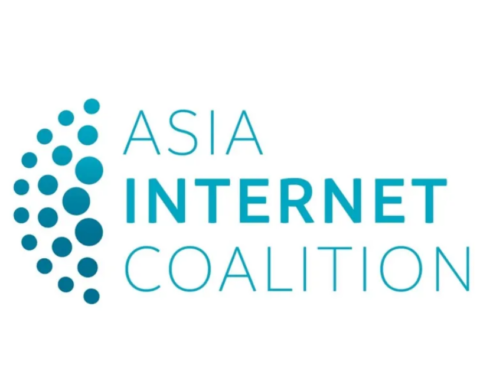Rise in cyber-attacks, data breaches, and remote access to sensitive data during the pandemic has forced the regulatory authorities to enforce stringent norms on organizations and their data. The constituents of these norms were to design a robust cybersecurity policy, remote access management policy, user identification, authorization policy, and data safeguarding policy.
Additionally, to curb internal data leaks and unauthorized access to sensitive data, the regulatory authorities across the globe pushed the envelope even further. European Union (EU) designed policies such as GDPR (General Data Protection Regulation) to safeguard user data and privacy, and India followed suit with their own GDPR-equivalent PDPB (Personal Data Protection Bill) that was created to safeguard customer data and eliminate pilferage.
Compliance and Chaos
Organizations were given a limited period of time to comply with these norms. These norms were released in quick successions and organizations found it challenging to scrutinize, understand, and comply with them in the stipulated timeframe. Due to sheer volume of customer data and its sensitivity, industries such as banking and insurance were under immense pressure. They had to make immediate changes to their system and processes to comply with those norms. Banks and other financial institutions were put under a lot of pressure to generate new reports based on revised policies.
The sudden outburst of compliance and regulatory changes lead to chaos within the organization. The management found it difficult to focus on business-as-usual (BAU) and rather were playing catch-up with the regulators. Some organizations were even penalized heavily for non-adherence to policies within the stipulated time.
Need for Regulatory Communications’ Platform
Organizations turned to IT and other technology companies to create frameworks to help them with seamless and periodic compliance. It was an opportunity for IT companies to create a regulatory communications framework and create a lossless communication channel.
These platforms have helped organizations to adhere to regulatory compliance and periodic reports with features such as alerts and reminders on new compliance requests, approval workflow management, archive of past requests for audit purposes, and analytics to create quick reports. These platforms have also helped organizations to reduce or avoid non-compliance penalties. The ROI of such platforms is immense considering the mere cost of such applications against millions spent on penalties.
Ways to build effective compliance adherence
A few tweaks to organizations’ existing processes can lead to improvements in their compliance adherence. Here are a few tips that can help in those improvements:
- Initiate Change
Top Level Sponsorship to initiate change in processes, and methodologies can help build seamlessness in process compliance. Changes in processes to comply with the new guidelines can slowly take shape. It is not an overnight process, and requires a lot of thought and action. Management must take ownership of redesigning or tweaking core processes, data storage and security to comply with such norms. Continual improvements is a must and the onus in on the management to take the time out to design the change, and deliver.
- Make Regulatory Communication Lossless
Revisions to policies means more audits and scrutiny. Most of the time, the communication between the regulators and the organization is siloed and scattered, and hence, is often lost. To make the communication lossless, the IT team can leverage digital tools and create a communication portal that becomes a one-stop-shop for all regulatory communications. This helps in getting all the compliance and audit requests at one place and enables seamless response to all of them. Data Analytics can also help in identifying and resolving bottlenecks in responses.
- Data Security
Organizations with large amounts of data must also ensure data security, safeguard privacy, risk mitigation, and be vigilant against cyber-attacks and incidents. According to a Gartner Survey, Worldwide Information Security Spending will exceed $124 Billion in a year. With data and security risks proliferating with time, organizations need to embed risk management into their business continuity plan. There are data security tools that help organizations prevent leaks from databases, data warehouses, and Big Data environments, ensure the integrity of information, and automate compliance controls across heterogeneous environment.
Regular penalties can seriously hamper the brand image, leading to reduction in customer footfalls. This can have a domino effect on customer acquisition, experience, engagement and revenue. Organization must make compliance adherence their top priority to preserve process quality and survive such penalties. CIOs must lead the digital transformation journey. They can leverage digital tools to simplify compliance processes to make adherence to new policies seamless and lossless. Going digital is the need of the hour, and the onus is on the compliance team to be the driver of such change.








